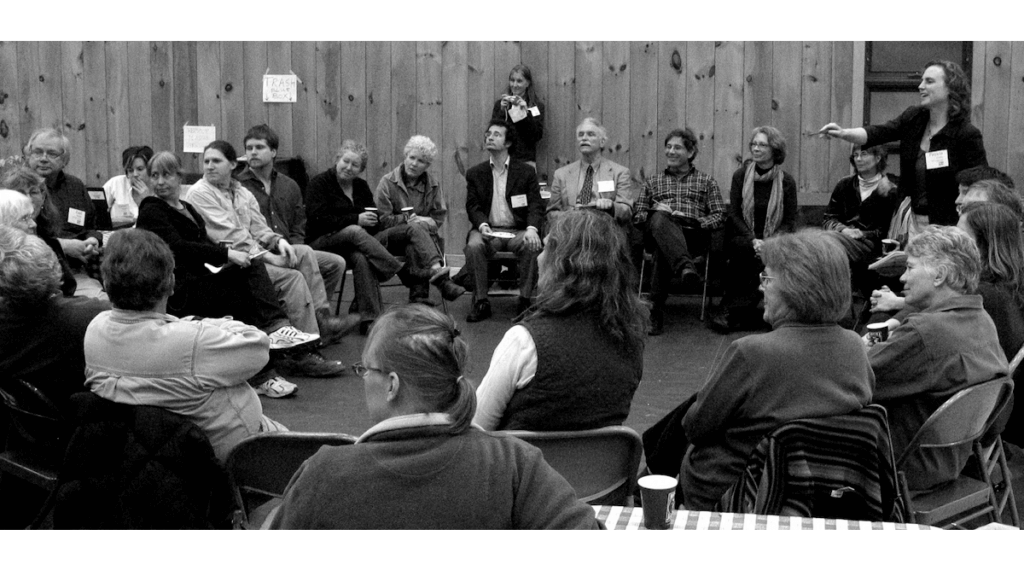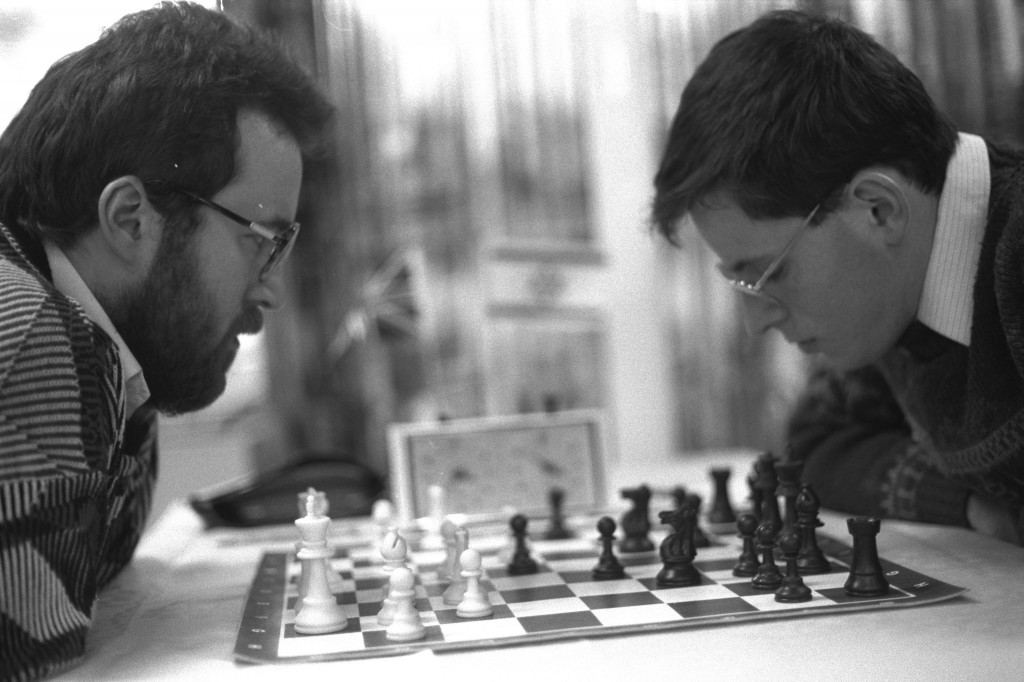Working with both sides
After a school board informational meeting the other day, I chatted with the moderator, Steve John. We discussed several aspects of the meeting, including the difficulty of working with both sides of an issue.

It’s rare for groups larger than a few people to agree unanimously on an issue. Sometimes the group needs to choose between alternatives. Our school board meeting included a discussion of an upcoming vote on whether to keep junior high students educated at our local school or have them “tuition out” to other schools. Strong opinions on both sides were evident during the meeting.
Sometimes there are win-win alternatives to win-lose situations, as I’ve described elsewhere. But sometimes there aren’t, and the group needs to make a choice that some members are going to be unhappy about.
Even though facilitators or moderators need to stay non-judgmental, I sometimes agree more with certain points of view. Steve and I talked about how hard it can be to facilitate discussion on an issue when we have an opinion about it.
Learning from practicing facilitation
Though I find it difficult at times, one of the things I like about facilitation is that it challenges me to practice non-attachment to a perspective.
I probably don’t moderate contentious issues as often as Steve, who has decades of experience running public meetings, as my clients are mostly associations and non-profits. In my work, however, there are often underlying tensions between subgroups.
One common example is conferences where suppliers and practitioners attend the same sessions. Generalizing, suppliers (who also sometimes sponsor the meeting) are there to sell their products and services, while practitioners primarily want to learn from and connect with each other. This can cause friction between these two groups. Part of my pre-meeting work is to uncover, understand, and prepare for potential discord. This involves designing the meeting to respect the wants and needs of each group and facilitating any sticky situations that surface.
Another example is when participants work for organizations of very different sizes or focuses, have disparate ideas about the meeting’s goals, but have historically avoided discussing the resulting tensions with each other. My job, then, can be to open and facilitate uncomfortable but essential conversations about the invisible elephant in the room.
Working with both sides and empathizing with all points of view is good practice for staying open to possibilities in my work and my life.
Image attribution: Photo [source] by and with the permission of David Holzapel.

